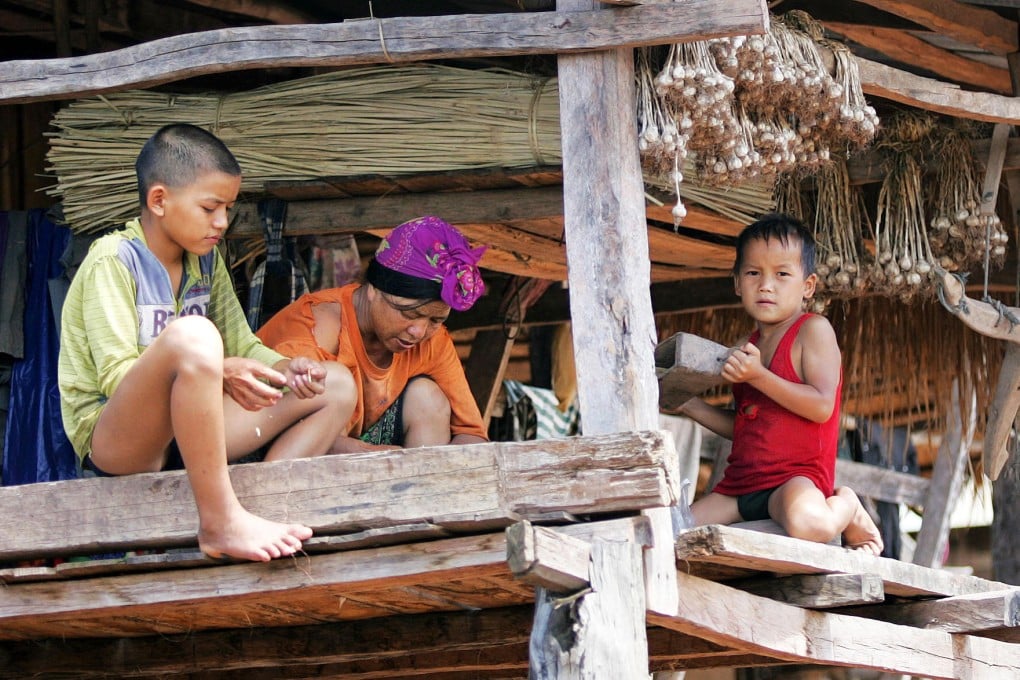It's happy hour for the heroin traffickers of the Golden Triangle
With demand from China's heroin addicts outstripping supply, the trafficking business is booming, but little changes for the poor farmers

These are boom times in the Golden Triangle, long notorious as Southeast Asia's drug production capital. For the farmers in the remote hills around the town of Muang Long in northwestern Laos that means only one thing: increased demand for opium, their most profitable crop.

A soaring appetite for heroin in mainland China, as well as in Hong Kong and Macau, is fuelling what Thailand's deputy chief of police has called "happy hour" for the region's drug traffickers. Almost 90 per cent of heroin from the Golden Triangle is exported to China.
The United Nations Office on Drugs and Crime (UNODC) believes China - including Hong Kong, Macau and Taiwan - now consumes 70 per cent of all the heroin used in the East Asia and Pacific region. Such is the desire for the drug in China that the Golden Triangle can no longer produce enough to satisfy the unknown millions of addicts.
"We estimate that China uses around 65 tonnes of heroin annually and there's not enough heroin in the Golden Triangle to meet that demand, so heroin from Afghanistan is coming in as well to supplement it," said Tun Nay Soe, who monitors narcotics production in East Asia for the UNODC. That is despite opium production in the Golden Triangle doubling since 2006, according to the UNODC.
Almost all of it is refined into heroin and the region now supplies 10 per cent of the world's heroin annually. At the same time, the Golden Triangle is home to hundreds of jungle labs churning out 1.4 billion methamphetamine pills each year, as well as unknown quantities of Ice, an even more potent stimulant, to supply the increasing demand for those drugs across Asia.